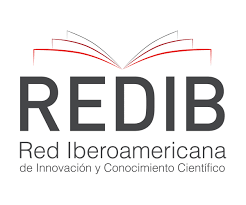The sacred and the profane
reading the symbols and manifestations within the Brazilian ‘secular’ state from the perspective of Ronald Dworkin
DOI:
https://doi.org/10.14393/RFADIR-v48n2a2020-50650Keywords:
Laicity, Laicism, Secularity, Fundamental RightsAbstract
The current work aims to, through an analysis of the theoretical reference and the bibliographical method, implement an initial study of the meaning of the sacred and the profane, as well its manifestations, within the context of the Brazilian constitutionalism and secularism. To that end, we begin with a review and analysis of the possible meanings and kinds of the sacred, concluding that it is not always, necessarily, linked to the religious, being possible for the secular-sacred to exist. We also analyze, using a decision of the Conselho Nacional de Justiça as the basis, the adequacy of the current argument used to allow religious symbols in Brazilian public spaces. Lastly, different forms of how States deal with the State-Religion issue as considered, using examples from the United States of America, France and Turkey, and the usage of religious iconography in public and private spaces, and how those could be applied to Brazil, concluding for their insufficiency and inadequacy, which point toward the need to a specific laicity theory aimed at the Brazilian constitutionalism. Toward this goal, Ronald Dworkin was selected as the main theoretical reference, with relevant input from Roberto Blancarte and Ahmet Kuru. Being impossible to present a conclusion on such an extensive theme, this work closes with a systemic reconstruction of the basic concepts presented, so to begin a discussion on the laicization process as something ongoing, subject to failures, abuses, advancements and setbacks, and something that requires constant monitoring and improvements but that, to that end, need an common grounds for discussions and a diagnostic of its frailties, hopefully seeded with this text.







